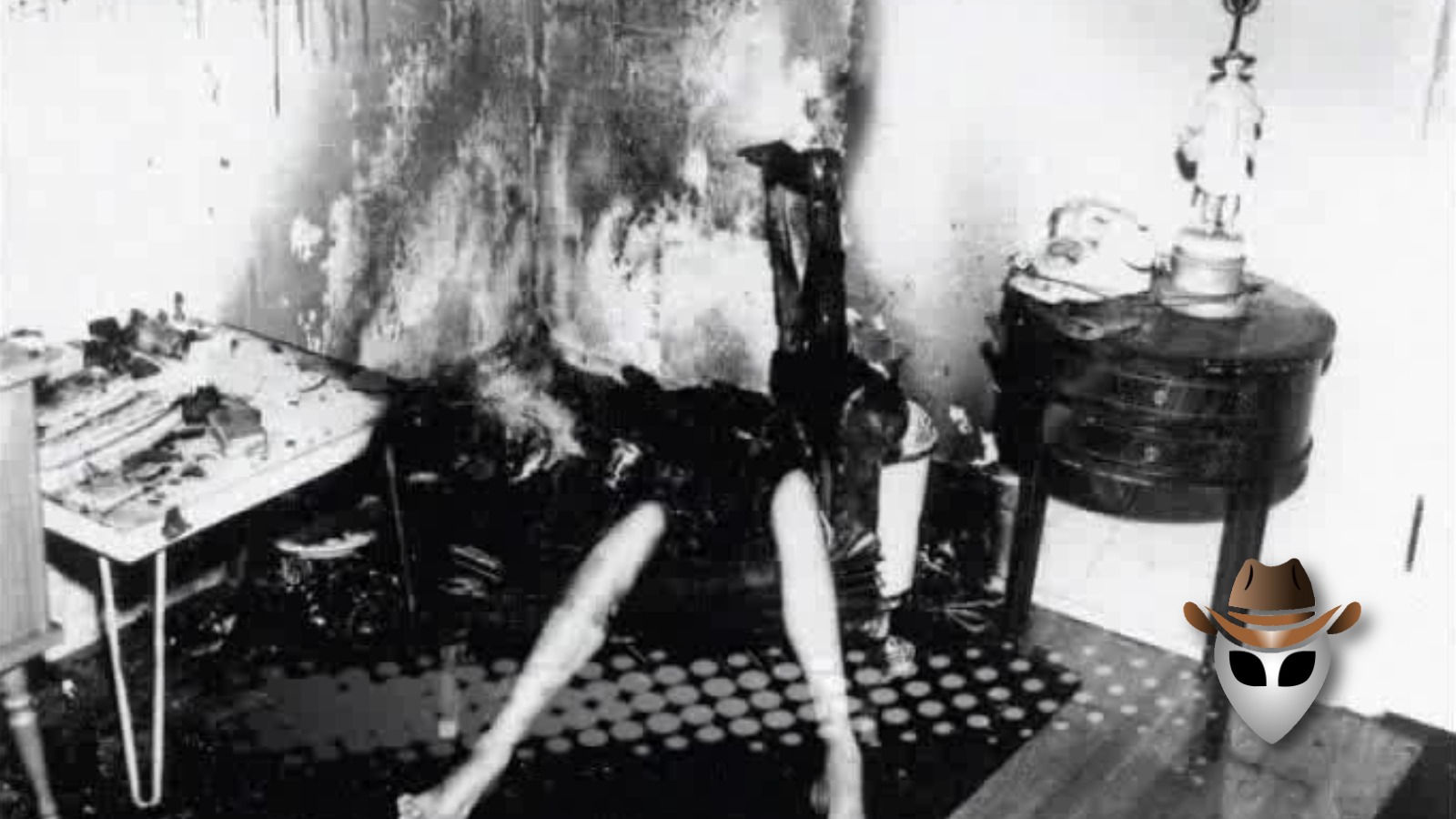Spontaneous Human Combustion (SHC) is a phenomenon that has intrigued and mystified people for centuries. It refers to alleged occurrences where a human body bursts into flames without any apparent external source of ignition. While SHC has been the subject of countless debates, books, and documentaries, it remains one of the most controversial topics in forensic science.
The idea of SHC dates back to at least the 17th century, with one of the earliest references found in the 1641 book De Incendiis Corporis Humani Spontaneis by Danish physician Thomas Bartholin. Bartholin documented the case of an Italian knight who allegedly burst into flames after consuming a large quantity of wine. Over the years, numerous other cases have been reported, often involving individuals who were alone at the time of the incident, with their bodies found reduced to ash while their surroundings remained relatively untouched by fire.
Evidence in Favor of Spontaneous Human Combustion
Proponents of SHC point to several key pieces of evidence that suggest the phenomenon may be real:
Historical Cases: There are numerous historical cases where Spontaneous Human Combustion is suspected, often involving individuals found burned beyond recognition, with no apparent source of ignition nearby. In many of these cases, the victims’ bodies were almost completely incinerated, while surrounding objects were left undamaged. For example, the case of Mary Reeser in 1951 is often cited as evidence of SHC. Reeser’s body was found almost entirely reduced to ash, with only one leg remaining intact, while the chair she was sitting in was only partially burned.
Lack of External Ignition Sources: In several reported cases, investigators were unable to find any external source of ignition that could explain the intense burning of the body. This has led some to believe that the fire must have originated from within the body itself, as there was no evidence of arson or accidental fire.
Scientific Theories: Some scientists have proposed theories that could explain SHC. One such theory suggests that a buildup of methane gas in the intestines, combined with enzymes, could produce a spontaneous ignition. Another theory involves the concept of the “wick effect,” where the human body acts like a candle, with the clothing serving as a wick and the body fat as fuel. While these theories offer possible explanations, they remain speculative and have not been conclusively proven.
Evidence Against Spontaneous Human Combustion
Skeptics of Spontaneous Human Combustion argue that there are more plausible explanations for the reported cases, and they point to several key arguments against the phenomenon:
The Wick Effect: The wick effect is the most widely accepted explanation for many cases of alleged SHC. According to this theory, a small external source of ignition, such as a cigarette, ignites the victim’s clothing, which then acts as a wick. The body’s fat then melts and fuels the fire, causing it to burn slowly and intensely. This process can result in the near-complete incineration of the body, while leaving the surrounding area relatively untouched. The wick effect has been demonstrated in experiments, providing a more scientifically plausible explanation for these cases.
Misinterpretation of Evidence: In many cases of suspected Spontaneous Human Combustion, the evidence may have been misinterpreted or overlooked. For instance, the absence of a clear ignition source does not necessarily mean that the fire started spontaneously. In some cases, the ignition source may have been destroyed in the fire or simply missed during the investigation. Additionally, in cases where alcohol or other flammable substances were present, these could have contributed to the intensity of the fire.
Lack of Consistent Evidence: Despite the numerous cases reported over the centuries, there is a lack of consistent, verifiable evidence to support the existence of SHC. Most cases are anecdotal, and many have been debunked or explained by more conventional means. The lack of scientific evidence makes it difficult to accept SHC as a legitimate phenomenon.
The debate over Spontaneous Human Combustion is far from settled. While there are intriguing cases that have yet to be fully explained, the lack of consistent evidence and the plausibility of alternative explanations, such as the wick effect, make it difficult to accept SHC as a genuine phenomenon. Most scientists and forensic experts remain skeptical, viewing SHC as a combination of misinterpreted evidence and sensationalism rather than a real and scientifically validated occurrence.
Ultimately, whether Spontaneous Human Combustion is fact or fiction, it continues to capture the imagination of those intrigued by the mysterious and the unexplained. As our understanding of the human body and combustion processes evolves, we may one day have a definitive answer to this burning question. Until then, Spontaneous Human Combustion remains one of the most fascinating and enigmatic topics in the annals of unexplained phenomena.
Share Your Thoughts!
What do you think? Is Spontaneous Human Combustion a real phenomenon? Have you had any experiences with it? Share your thoughts in the comments below!
